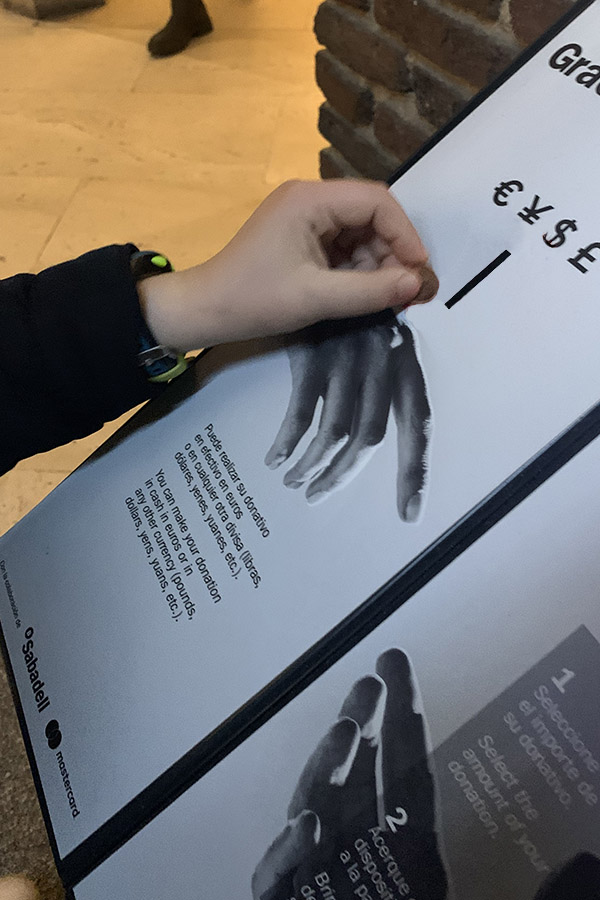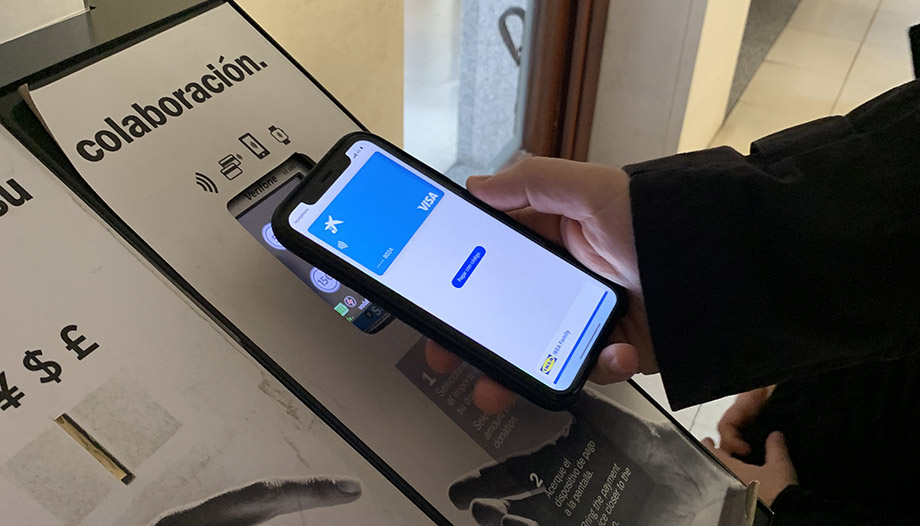The electronic lecterns or brushes have become, in a few years, a common element of the furniture of parishes and temples in Spain. Three years after they began to place these lecterns, today they are already seen as something natural, in part, thanks to its rapid expansion throughout the Spanish geography.
This system for collecting donations has experienced a notable boom, together with online donations, and confirms a trend observed in a large part of Spanish society: the generalization of the use of cards for regular payments.
In addition to this, the card donation lecterns have not only helped to digitalize collections, but also "offer an analysis of donations that is very useful for optimizing the economic part of stewardship," as Santiago José Portas Alés, Director of Religious Institutions and the Third Sector at Banco Sabadell, the first financial institution to implement this donation system, points out.
More generous donations
The data show that, in these few years, many of the faithful have become accustomed to using these electronic lecterns or brushes and are especially generous in the amounts contributed to their parishes and communities through them. "The average donation amount in 2021 was €9.83" notes Portas, "a very relevant amount if we compare with traditional collections. This tells us that we are more generous when we donate with cards". By regions, "the autonomous communities with the highest average per donation are Andalusia and Catalonia, while Madrid has the highest number of total donations".


One of the characteristics of this system is its ease of use by all types of people. Many of these lecterns also incorporate standard donation amounts, which speeds up the process. In this sense, Santiago Portas points out that "the most recurrent donations are those of 5, 10 and 19 euros. However, almost 20% of the collection is the result of donations of more than 25 euros.
There are many parishes that, during the week, do not pass the basket and focus on Sunday collections. In this line, the installation of the lecterns allows many people who come during the week to the parish for activities or celebrations, the exercise of these alms. Obviously, the weekend - Saturday afternoon and Sunday - are the days when most people use the electronic toothbrush. During the week, "the busiest day is Wednesday and if we talk about schedules, the collections are higher in the morning masses than in the afternoon, except for Saturday masses, which are the other way around," explains Portas.
More co-responsibility
The situation of crisis, the growing needs of many families in our environment and of parishes and communities, is being a call to stewardship for many of the faithful. In this sense, moreover, the data offered by these donation systems are helping the economic councils of the parishes "to analyze the behavior of the collections and with it to help in a professional way to increase the economic co-responsibility in the support".












